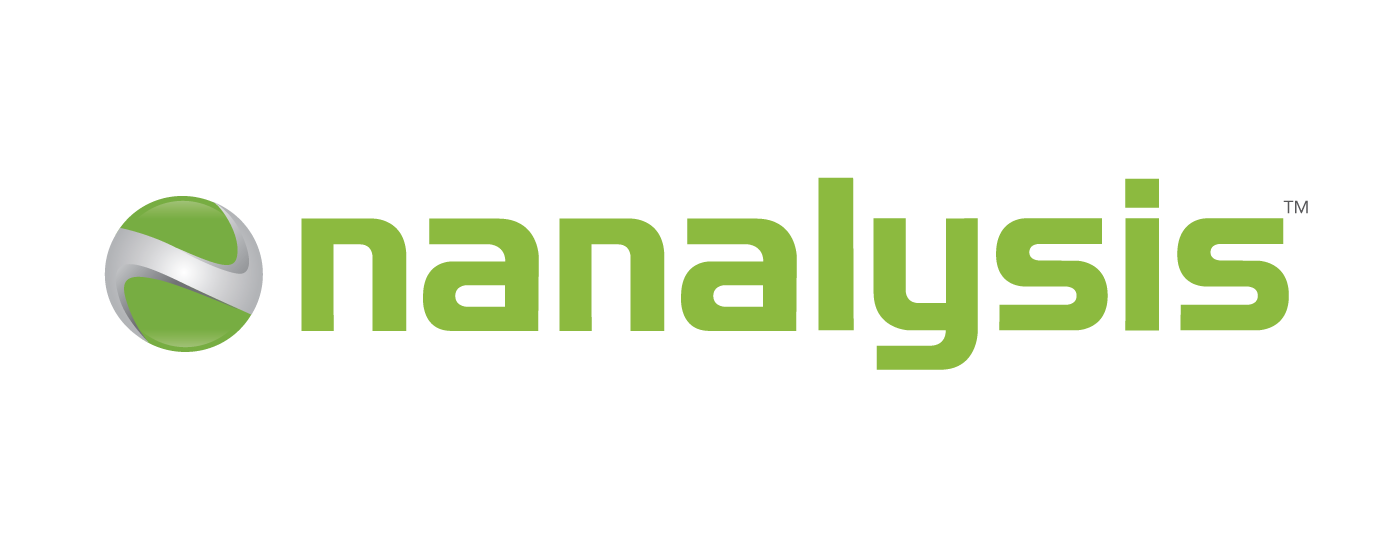Welcome to Nanalysis’ benchtop NMR Blog
We love benchtop NMR! In this blog section, you will find all things benchtop NMR. Please contact us if you would like to discuss about your project.
Category
NMR Topics
- 100 MHz NMR
- 11B NMR
- 129Xe NMR
- 13C NMR
- 19F NMR
- 19F NMR Spectroscopy
- 1H NMR
- 207Pb NMR
- 31P NMR
- 3H NMR
- 60 MHz NMR
- APT
- Agrochemicals
- Applications
- Batteries
- Biochemistry
- Biopolymers
- Botanicals
- COSY
- CPMG
- Caffeine Content
- Cannabis
- Chemical Analysis
- Cosmetics
- DEPT
- Dithiazine
- Drug Analysis
- Drug Discovery
- Dyes
- Edible Oils
- Educational NMR
- Energy
- Enzyme
- Exchangeable Protons
- Exchangeable protons
- Flavor and Fragrances
- Flow NMR
- Fluorine-19 NMR
- Food Science
- Food and Beverage
- Forensics
- Forestry
- HETCOR
- HMBC
- HSQC
- Hands-on Learning
- Heteronuclear J-coupling
- Hydrogen sulfide
- Hydroxyl value
- Hyphenated NMR
Origin of Chemical Shifts
It is common to mention the frequency of an NMR instrument instead of its field. When someone says: I have in my laboratory a 100 MHz instrument, it means that a spectrometer where the protons precess with a frequency of 100 MHz (Lamour frequency) is available in the lab…
Gradient-based 2D NMR experiments
In this blog, we discuss why gradient-based 2D NMR experiments enhance both efficiency and data quality and become the preferred choice for many applications.
NMR pulse sequences designed graphically? Umm, YES, please!
In this blog, we introduce our value-added software module, Experiment Designer. A powerful tool which allows advanced NMR users to code NMR pulse sequences through an intuitive graphical interface.
DEPT: A tool for 13C peak assignments
Distortionless Enhancement by Polarization Transfer (DEPT) is a double resonance pulse program that transfers polarization from an excited nucleus to another – most commonly 1H → 13C. This results in a sensitivity enhancement relative to the standard decoupled 1D carbon spectra (13C), which benefits only from the small Nuclear Overhauser Effect (NOE) enhancements.
The new qNMR tool that makes quantification and QA/QC a breeze
In this blog post we present our new optional qNMR automation software. A new easy-to-use software module to allow you to create and edit method to automate routine qNMR assays and allow technicians to collect data effortlessly in bringing benchtop NMR in QA/QC applications to the next level.
Quantifying Battery Additives with the 60PRO
In this ever-evolving world where technology and science keep pushing into new territory, new inventions are being made and state-of-the-art validation methods are being developed. Over the last few decades, lithium-ion batteries have gained more and more traction in their uses, moving from general simple batteries used for powering your calculator or phone, to cars and trucks, and even airplanes (currently only the small ones). However, as simple as batteries may seem, a lot of work must be done behind to scenes to develop these subtle but priceless additions to our lives.
Recrystallization Paired with Benchtop NMR
Benchtop NMR is a great tool to assess the purity and identity of compounds, providing feedback on the success of the recrystallization of an organic compound.
Do Mosquito Bites Annoy You? Investigating Neat Repellent Using 1H NMR Data
Repellents are used worldwide to protect against insect bites. This blog describes fun facts about mosquitoes, which substances are considered safe to be used in repellents applied to the skin, and look inside a pure repellent sample via 1H NMR. Read more.
Why does NMR have an inherently low sensitivity?
It is well known that NMR analysis requires a higher concentration of analyte than any other spectroscopic method. For example, UV-Vis requires an analyte concentration range of only nM to µM, while NMR typically requires the analyte to be in the mM range (>1000 times more concentrated!). In this blog, we will demonstrate why NMR is considerably less sensitive than UV-Vis. We have chosen UV-Vis for this comparison as it is widely recognized as one of the most sensitive spectroscopic techniques.
What you should know about signal dispersion in benchtop NMR
Do you know the difference between resolution and signal dispersion in NMR spectroscopy? Read our blog here.












